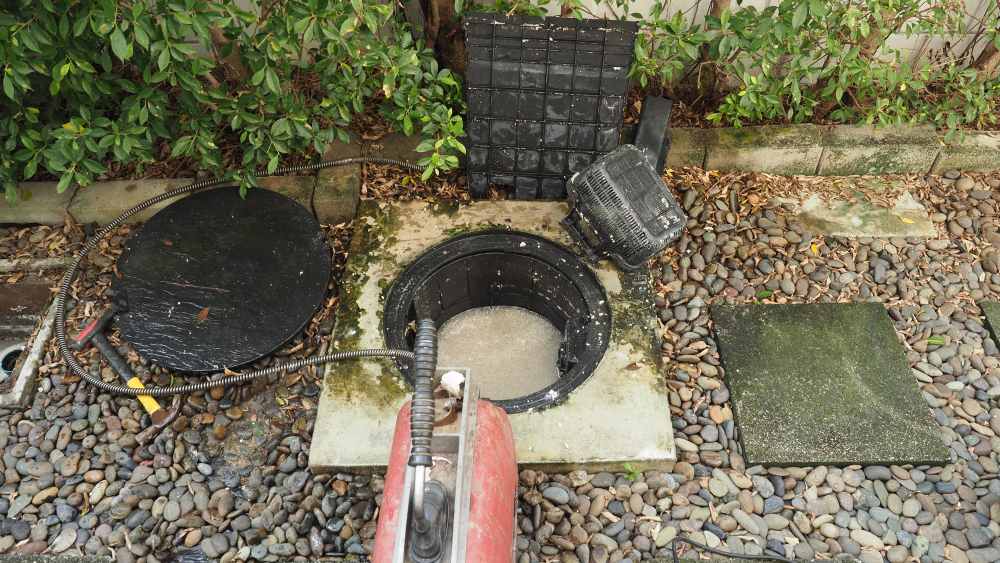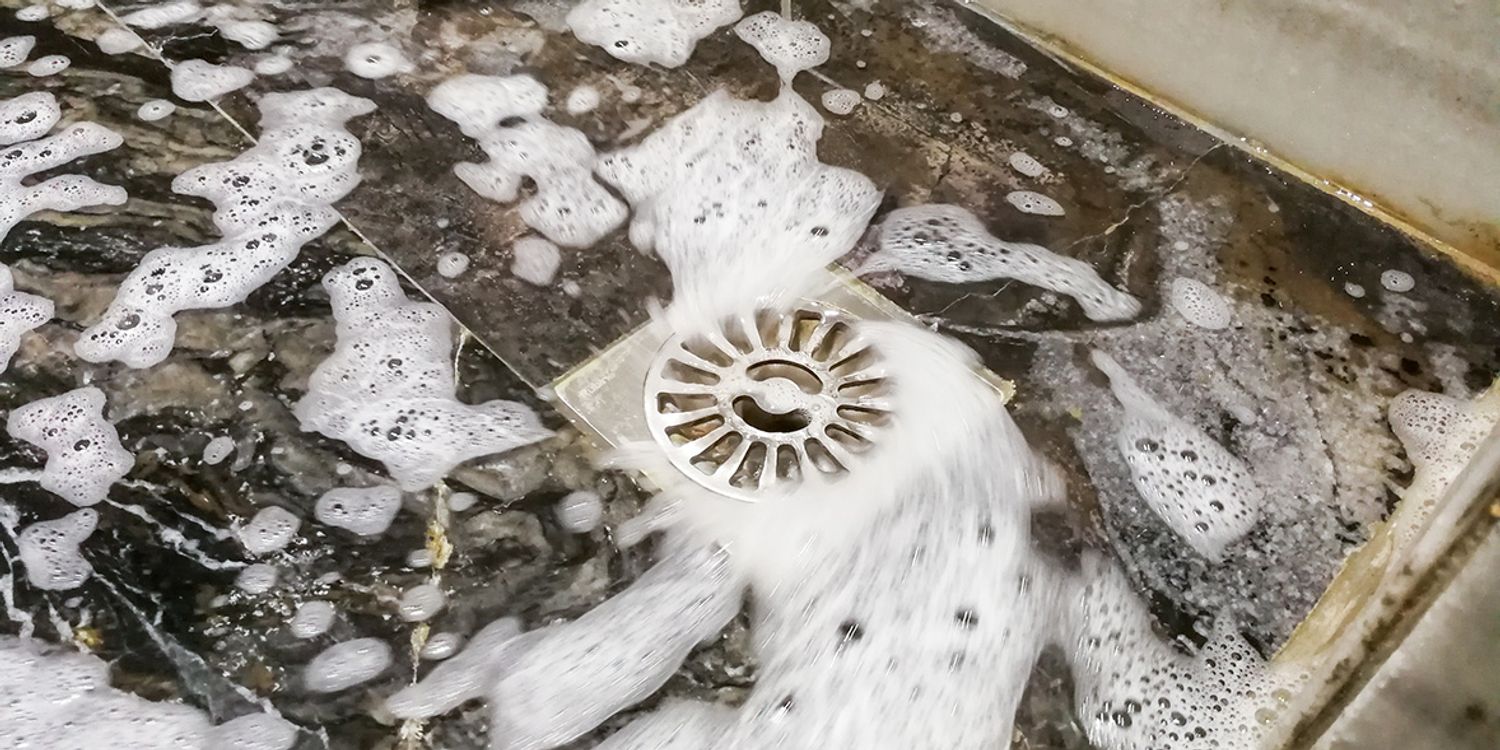What're your thoughts on Tips for Dealing with Clogged Drains and Sewer Lines?

Introduction
Handling a blocked drainpipe can be a discouraging experience, interfering with everyday tasks and possibly causing damages to your property. Nonetheless, prior to reaching out to pipes professionals, there are actions you can require to attend to the issue on your own. In this overview, we'll explore DIY remedies and safety nets to take on a blocked drain successfully.
Identifying the Issue
The primary step in attending to a blocked drainpipe is acknowledging the indications. Slow water drainage, gurgling audios, foul odors originating from drains pipes, or water backing up prevail indications of a blocked drain. Recognizing these indications early can help stop even more problems.
Typical Causes of Blocked Drainpipes
Recognizing the factors that contribute to drain pipes blockages is vital for reliable resolution. Typical culprits include hair, soap scum, grease, food debris, and foreign objects like hygienic products or paper towels. Tree roots invading below ground pipelines can additionally cause considerable obstructions.
DIY Solutions
For minor clogs, numerous do it yourself remedies can be reliable. Pouring boiling thin down the drainpipe can help liquify grease and particles. Sodium bicarbonate and vinegar or a mixture of salt and cooking soft drink can work as natural cleaners. Making use of a plunger or plumbing serpent to remove blockages is one more alternative.
Devices and Devices
Having the right tools handy can make DIY drain cleaning a lot more efficient. A plunger is a flexible tool for clearing blockages in sinks, commodes, and showers. A pipes serpent or auger can get to deeper clogs, while drain cleaning chemicals can be utilized very carefully for stubborn blockages.
Preventive Measures
To avoid future clogs, adopting safety nets is important. Mount drain guards or filters to catch hair and particles prior to they go into the pipelines. Frequently flush drains with hot water to liquify grease build-up, and prevent disposing of grease or solid waste down the drain.
When to Call an Expert
While do it yourself services can deal with small blockages, certain indications show the need for professional assistance. Persistent blockages, foul odors regardless of cleaning efforts, or multiple drains supporting all at once are warnings that require expert treatment.
Selecting the Right Pipes Service
When picking a pipes service, consider aspects such as experience, licensing, and client testimonials. Pick a reputable plumber with a record of quality craftsmanship and clear pricing methods.
Expense Factors to consider
The price of professional drain cleaning company can differ depending on the extent of the obstruction and the plumbing technician's prices. Request quotes from several companies and inquire about any added fees to make sure transparency and avoid surprises.
Security Precautions
When attempting do it yourself drainpipe cleaning, prioritize safety. Use safety gloves and eyeglasses to avoid contact with damaging chemicals or germs. Never ever blend different drain cleansing items, as this can produce harmful fumes.
Situation Studies
Real-life instances highlight the efficiency of DIY services and the importance of prompt specialist treatment in settling drainpipe clogs.
Final thought
By complying with the ideas outlined in this overview, you can properly deal with blocked drains and prevent future pipes problems. Whether selecting DIY remedies or looking for professional aid, timely activity is key to keeping a healthy plumbing system and maintaining the integrity of your home.
How to Clear a Clogged Drain Yourself (And When to Call In the Professionals)
What Can Clog a Drain
Dirt Skin flakes Hair Grease Soap scum Food Offset pipes Tree roots Small objects Mineral buildup DIY Tricks to Unclog a Drain
You can fix this! Once you have identified the source of the clog (or have a vague idea), you can try one or a combination of these fixes in order to clear your plumbing.
Wire Hanger or Snake
Untangle and clear out hair from a drainpipe with a homemade snake. Use a straightened-out wire hanger with a 90-degree angle hook to locate the clog and drag out any unwanted material.
Remember not to push the clog further down to where the wire hanger cannot reach! If you need to follow up with a plunger, give it a try. Your efforts might be more successful after it’s been wire-snaked.
If you want to get fancy and don’t have a wire hanger to spare, head to the store and pick up a hand-operated drain snake. You can get one for $10-$30. It may save you the hassle, and provide additional length to reach deep into the clogged pipe.
Plunger
A cup plunger has a suction cup attached to a wooden handle. The rubber creates a seal around the drain, and increases the pressure force of the plunger.
Plunge for 30-second increments to loosen the clog. This may need to be repeated over the course of 15-20 minutes. Once plunged, run the water to flush the remaining material out of the drain.
Remember– never use a plunger if you have used a chemical drain cleaner. These chemicals can splash up from the force of the plunger and cause serious injury or burns.
Boiling Water
Hot water can sometimes break up materials into a flushable amount. Dirt, grease, and soap buildup requires heat in order to unstick from surfaces.
Take your kitchen kettle and heat your water to a boil. Once it reaches a rolling boil, pour it directly down the drain into the blockage. Carefully follow with plunging, if necessary.
Don’t worry if this takes more than one try! It can often take multiple kettles and repeated plunging in order to clear a particularly stubborn clog.
Chemical Drain Cleaner
As a last resort, pick up a bottle of chemical drain cleaner. Drain-cleaning chemicals are potent, and not very good for the environment.
You may need to wear protective eyewear in gloves before handling your bottle of chemical drain cleaner. Follow the instructions printed on the bottle, and flush with water as soon as the instructions allow. Do not follow with plunging.
Baking Soda and Vinegar
As a safer alternative to chemical drain cleaner, baking soda and vinegar can create a chemical reaction that clears tough clogs.
Combine one cup of cleaning vinegar with one cup of boiling water, and set aside. Once you have done this, pour half a cup of baking soda down the drain. Give the baking thirty seconds to settle and cover a large portion of the problem drain.
Following the baking soda, pour down your vinegar and hot water solution. Once the vinegar and baking soda combine, the mixture will bubble and fix. Let this reaction fizzle in the drain for about an hour.
After an hour, follow with a kettle’s worth of hot water. The heat and liquid should flush out any remaining material.
When to Call a Plumber
If your DIY attempts haven’t cleared your clog drain, it’s time to call in a professional. It’s not worth losing access to your kitchen sink or high-traffic bathroom. A clog in a vital area can keep you from the things you’d rather be doing, and derail your routine.
Anytime a clog is causing water to spread is a time to call in a plumbing service. What starts out as a little bit of water can quickly grow into serious, expensive water damage.
Additionally, a serious clog can result in burst pipes or serious leaks. Make sure you know when to take it seriously!
https://myguysnow.com/how-to-clear-a-clogged-drain-yourself-and-when-to-call-in-the-professionals/

We were shown that write-up about through a pal on another web address. Remember to take a moment to distribute this article if you enjoyed it. We cherish reading our article about .
At This Website